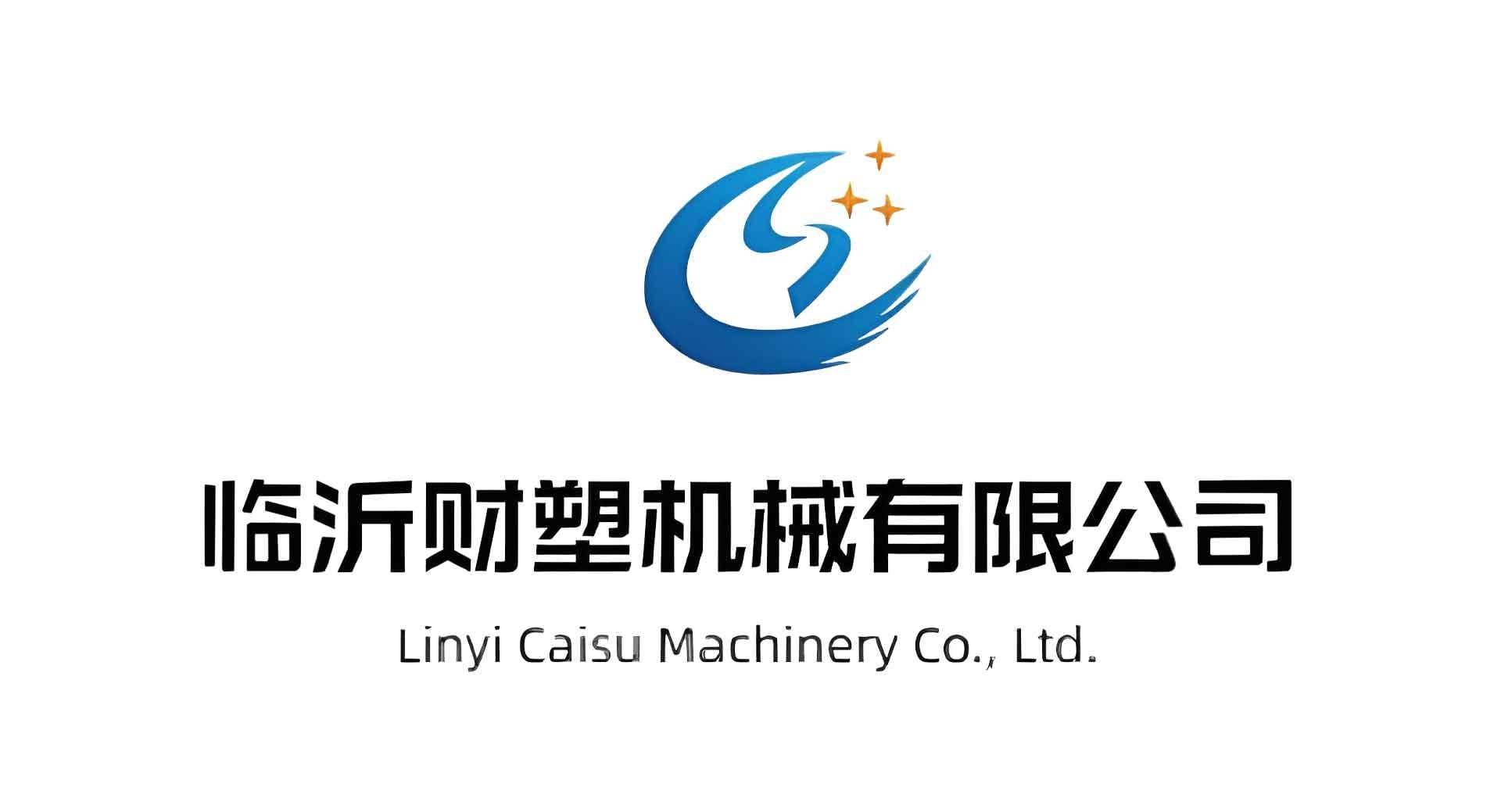Welcome to My Blog!
Before we dive into the content, I’d love for you to join me on my social media platforms where I share more insights, engage with the community, and post updates. Here’s how you can connect with me:
Facebook:https://www.facebook.com/profile.php?id=61567891941530
Now, let’s get started on our journey together. I hope you find the content here insightful, engaging, and valuable.
Caisu Machinery sells a variety of used plastic pipe production equipment. The products are of high quality and low price. Welcome to contact us for consultation and purchase. We will be happy to serve you.
Table of Contents
Introduction
PVC pipe manufacturing is a sophisticated process that transforms raw polyvinyl chloride resin into pipes of varying sizes, thicknesses, and specifications. The process involves blending raw materials, extruding them into pipe form, sizing, cooling, and rigorous testing to meet industry standards. PVC pipe manufacturing is designed to produce pipes that are lightweight, resistant to chemicals, and capable of withstanding a range of environmental conditions, making them ideal for applications like water supply, drainage, and industrial fluid transport.
This guide outlines each stage of PVC pipe manufacturing, from sourcing raw materials to final quality checks, providing a professional overview for engineers, manufacturers, and industry stakeholders.
Why Understanding PVC Pipe Manufacturing Matters

Ensuring Product Quality and Performance
A thorough understanding of PVC pipe manufacturing ensures that the final product meets stringent quality standards, such as pressure resistance, dimensional accuracy, and durability. Each step in the process directly impacts the pipe’s ability to perform in applications like potable water systems or industrial fluid transfer, making knowledge of PVC pipe manufacturing critical for engineers and contractors.
Supporting Sustainable Production Practices
Modern PVC pipe manufacturing incorporates eco-friendly practices, such as recycling scrap material and minimizing energy consumption. Understanding these processes allows manufacturers and consumers to prioritize sustainable products, aligning with global environmental goals and reducing the ecological footprint of infrastructure projects.
Facilitating Informed Material Selection
For professionals selecting pipes for specific applications, knowledge of PVC pipe manufacturing informs decisions about pipe types, such as uPVC or CPVC, and specifications like diameter or wall thickness. This ensures the chosen pipes meet project requirements, optimizing performance and longevity.
Step-by-Step Process of PVC Pipe Manufacturing
Raw Material Preparation in PVC Pipe Manufacturing
The process of PVC pipe manufacturing begins with preparing high-quality raw materials. The primary ingredient is PVC resin, a thermoplastic polymer produced through the polymerization of vinyl chloride monomers. The resin is blended with additives, including stabilizers (to enhance heat resistance), lubricants (to aid processing), plasticizers (for flexibility in certain pipes), and pigments (for color). These materials are mixed in a high-speed mixer to create a homogeneous compound, ensuring consistency in the final product. The precision in this stage of PVC pipe manufacturing is critical to achieving the desired mechanical and chemical properties.
Extrusion Process for PVC Pipe Manufacturing
Extrusion is the heart of PVC pipe manufacturing, where the blended compound is shaped into a continuous pipe. The compound is fed into an extruder, a machine with a heated barrel and a rotating screw. The screw melts and compresses the material, pushing it through a die that determines the pipe’s diameter and wall thickness. Temperature and pressure are tightly controlled to ensure uniformity, a key factor in PVC pipe manufacturing that affects the pipe’s strength and surface quality.
Sizing and Cooling in PVC Pipe Manufacturing
After extrusion, the molten PVC pipe enters a sizing device to achieve precise dimensions. Vacuum sizing, where the pipe is drawn through a calibrated sleeve under vacuum pressure, or pressure sizing, using air to maintain shape, ensures accurate diameter and wall thickness. The pipe is then cooled in water baths or spray tanks to solidify its structure, preventing deformation. This stage of PVC pipe manufacturing is essential for maintaining dimensional stability and structural integrity.
Cutting and Finishing in PVC Pipe Manufacturing
Once cooled, the pipe is cut to specified lengths using automated saws or guillotines, ensuring clean, precise edges. Additional finishing processes, such as chamfering (beveling pipe ends for easier joining) or printing (adding product details like size, grade, or standards), are applied. These steps in PVC pipe manufacturing prepare the pipe for packaging and distribution, ensuring it meets customer and regulatory requirements.
Quality Control and Testing in PVC Pipe Manufacturing
Quality control is a cornerstone of PVC pipe manufacturing, ensuring the pipes meet industry standards like ASTM, ISO, or local regulations. Tests include hydrostatic pressure testing (to verify pressure resistance), impact strength testing (to assess durability), and dimensional checks (to confirm size accuracy). Chemical resistance and thermal stability may also be evaluated. Rigorous testing in PVC pipe manufacturing guarantees that the pipes perform reliably in their intended applications.
Comparison Table of PVC Pipe Manufacturing Stages
| Stage | Purpose | Key Equipment | Critical Factors | Challenges |
|---|---|---|---|---|
| Raw Material Preparation | Blend PVC resin with additives | High-speed mixers | Accurate additive ratios, homogeneity | Contamination, inconsistent mixing |
| Extrusion | Shape molten PVC into pipe | Extruders, dies | Temperature/pressure control, die precision | Material defects, uneven extrusion |
| Sizing and Cooling | Set pipe dimensions, solidify structure | Vacuum sizers, cooling tanks | Precise sizing, uniform cooling | Warping, improper sizing |
| Cutting and Finishing | Cut to length, add final touches | Automated saws, printing systems | Accurate cutting, clear markings | Misalignment, surface imperfections |
| Quality Control | Verify compliance with standards | Testing rigs, measurement tools | Pressure resistance, dimensional accuracy | Detecting internal flaws |
This table summarizes the key stages of PVC pipe manufacturing, detailing the purpose, equipment, critical factors, and challenges. It provides a concise reference for understanding the complexity and precision required in producing high-quality PVC pipes.
Types of PVC Pipes and Their Manufacturing Processes
Unplasticized PVC (uPVC) Pipe Manufacturing
uPVC pipes, known for their rigidity and strength, are manufactured without plasticizers, making them ideal for water supply and drainage systems. The process of PVC pipe manufacturing for uPVC emphasizes precise extrusion and cooling to maintain structural integrity, ensuring the pipes withstand pressure and environmental stress.
Chlorinated PVC (CPVC) Pipe Manufacturing
CPVC pipes are produced by chlorinating PVC resin, which enhances heat and chemical resistance. PVC pipe manufacturing for CPVC involves additional steps to incorporate chlorine, requiring careful control to ensure consistent properties. These pipes are used in hot water systems and industrial applications where elevated temperatures are common.
Flexible PVC Pipe Manufacturing
Flexible PVC pipes incorporate plasticizers to achieve bendability, used in applications like irrigation or cable protection. PVC pipe manufacturing for flexible pipes balances plasticizer content to maintain flexibility without compromising strength, requiring specialized extrusion and compounding techniques.
Factors Influencing PVC Pipe Manufacturing
Quality of Raw Materials
The quality of PVC resin and additives directly impacts the outcome of PVC pipe manufacturing. High-grade materials ensure durability, chemical resistance, and compliance with standards, making material selection a critical factor in producing reliable pipes.
Advanced Manufacturing Equipment
State-of-the-art extruders, sizing systems, and cooling units enhance the precision and efficiency of PVC pipe manufacturing. Automated systems with real-time sensors monitor parameters like temperature and pressure, reducing defects and improving consistency.
Regulatory and Environmental Standards
PVC pipe manufacturing must adhere to environmental regulations, such as reducing emissions and managing waste, while meeting industry standards for safety and performance. Sustainable practices, like recycling PVC scrap, are increasingly integrated to minimize environmental impact.
Applications of PVC Pipes and Their Manufacturing Implications
Plumbing and Water Supply Systems
PVC pipe manufacturing produces pipes that are leak-proof and corrosion-resistant, ideal for potable water supply and plumbing. The process ensures smooth inner surfaces to minimize flow resistance, critical for efficient water distribution.
Irrigation and Agricultural Applications
PVC pipes for irrigation are lightweight and resistant to soil chemicals, supporting efficient water delivery to crops. PVC pipe manufacturing for these applications focuses on producing durable, UV-resistant pipes that withstand outdoor exposure.
Industrial and Chemical Transport
CPVC and specialized PVC pipes are manufactured to handle aggressive chemicals and high temperatures in industrial settings. PVC pipe manufacturing for these uses prioritizes chemical resistance and structural integrity to ensure safe fluid transport.
Construction and Drainage Systems
PVC pipes used in construction and drainage are manufactured with large diameters and robust wall thicknesses to handle heavy loads and environmental stress. The process of PVC pipe manufacturing ensures pipes meet structural and regulatory requirements for infrastructure projects.
Advancements in PVC Pipe Manufacturing

Automation and Industry 4.0 in PVC Pipe Manufacturing
Automation, including IoT sensors and data analytics, is transforming PVC pipe manufacturing by optimizing production efficiency and reducing waste. Real-time monitoring of extrusion parameters ensures consistent quality, enhancing the reliability of the final product.
Sustainable Practices in PVC Pipe Manufacturing
Manufacturers are adopting greener methods, such as using recycled PVC and energy-efficient machinery, to minimize environmental impact. These sustainable practices in PVC pipe manufacturing align with global efforts to reduce carbon footprints and promote circular economies.
Improved Material Formulations
Research into advanced additives is improving the performance of PVC pipes, enhancing properties like UV resistance, fire retardancy, and recyclability. These innovations in PVC pipe manufacturing ensure pipes meet evolving industry and consumer demands.
Maintenance and Quality Assurance in PVC Pipe Manufacturing
Ensuring Clean Production Environments
Maintaining clean production facilities is critical in PVC pipe manufacturing to prevent contamination of raw materials or finished pipes. Regular sanitation of equipment and controlled environments ensures compliance with food-grade or potable water standards.
Comprehensive Testing Protocols
Each batch of PVC pipes undergoes rigorous testing for pressure resistance, impact strength, dimensional accuracy, and chemical compatibility. These protocols in PVC pipe manufacturing verify that the pipes meet industry standards and perform reliably in their intended applications.
Proper Storage and Handling
PVC pipes must be stored in shaded, dry areas to prevent UV degradation or deformation. Proper handling during transport and installation avoids scratches or cracks, preserving the quality achieved through PVC pipe manufacturing.
Conclusion
The process of PVC pipe manufacturing is a blend of advanced technology, precise engineering, and sustainable practices, producing one of the most versatile materials in modern infrastructure. From raw material preparation to rigorous quality testing, each step ensures PVC pipes meet the demands of plumbing, irrigation, industrial, and construction applications. By understanding PVC pipe manufacturing, professionals can optimize production, select the right pipes for their projects, and contribute to sustainable infrastructure development.
As automation and eco-friendly innovations continue to shape the industry, PVC pipe manufacturing will remain a cornerstone of quality, reliability, and environmental responsibility.
FAQ
What raw materials are used in PVC pipe manufacturing?
PVC pipe manufacturing uses PVC resin as the primary material, blended with additives like stabilizers, lubricants, plasticizers, and pigments to enhance properties such as heat resistance, flexibility, and color.
What is the most critical step in PVC pipe manufacturing?
The extrusion process is critical in PVC pipe manufacturing, as it shapes the molten PVC into a pipe, requiring precise control of temperature, pressure, and die design to ensure uniformity and strength.
How does PVC pipe manufacturing differ for uPVC and CPVC?
UPVC pipe manufacturing uses rigid PVC resin without plasticizers for strength, while CPVC involves chlorinated resin for heat resistance, requiring additional processing steps to incorporate chlorine.
Are there environmental concerns in PVC pipe manufacturing?
PVC pipe manufacturing addresses environmental concerns through recycling scrap material, using energy-efficient equipment, and managing waste to minimize ecological impact and promote sustainability.
How is quality ensured during PVC pipe manufacturing?
Quality is ensured through rigorous testing for pressure resistance, impact strength, dimensional accuracy, and chemical compatibility, adhering to standards like ASTM or ISO in PVC pipe manufacturing.





